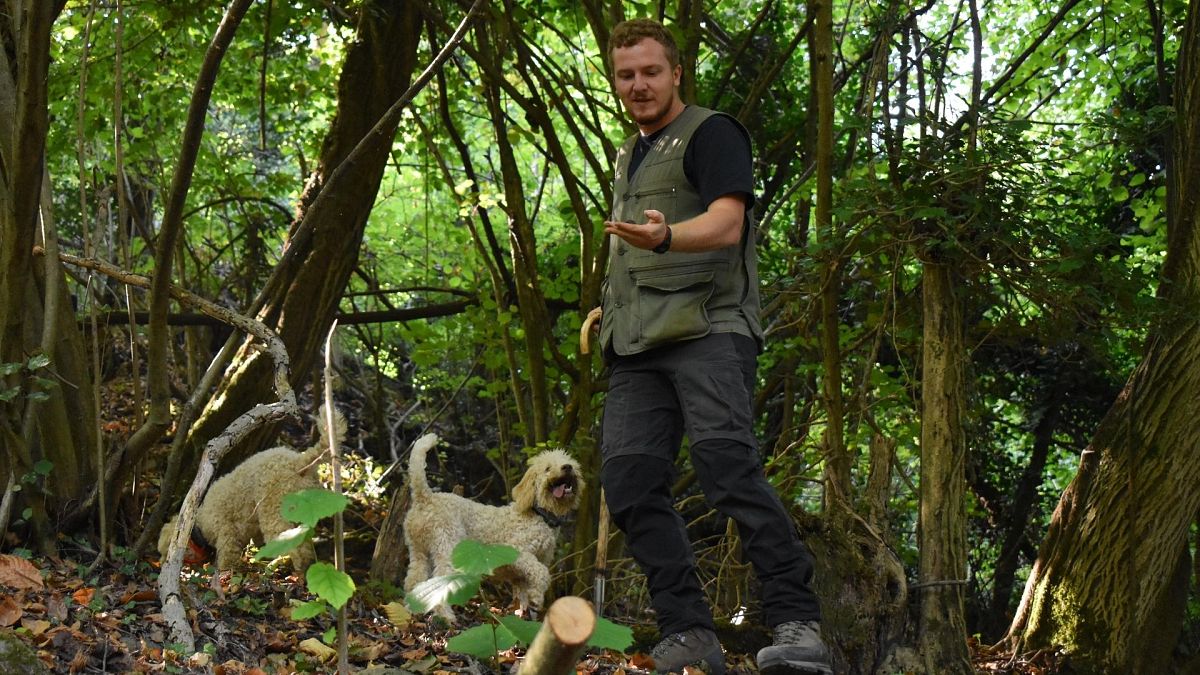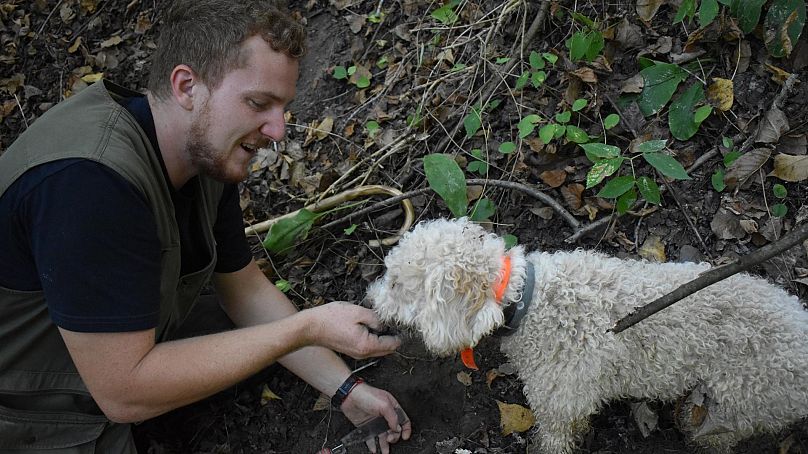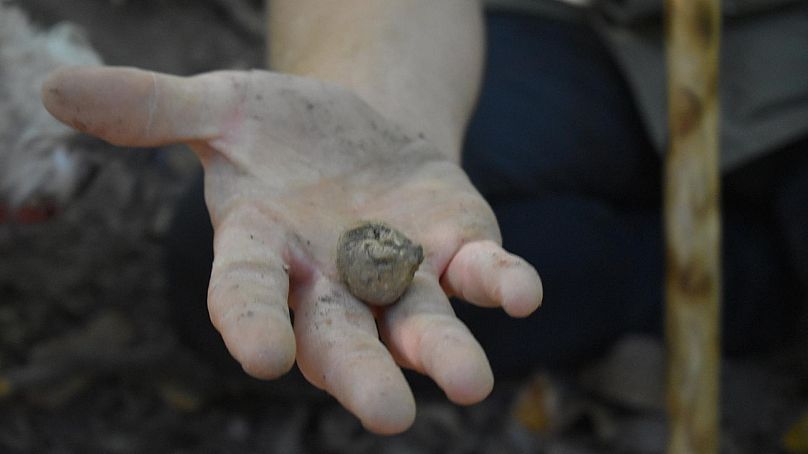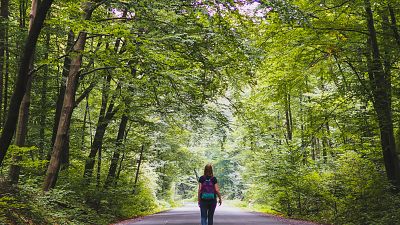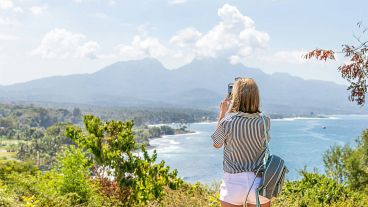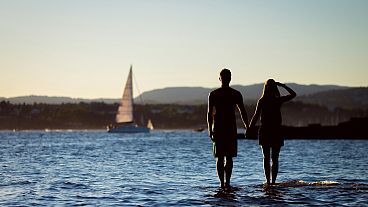I went on a 5* break in Piedmont, Italy, to explore the intriguing world of truffle hunting.
Looking for inspiration for a dreamy Italian holiday? I recommend digging holes in the dirt.
Picture it: you drop your luggage at a five star hotel. You stroll past the sparkling infinity pool with the Alps in the distance. Your hosts, preparing a multi-course dinner, ask how you’d like to spend your afternoon.
A cruise on a Vespa or a tour around a wine cellar are on the cards. But you’ve got a job to do first: digging up truffles hidden beneath the property’s 40 hectares.
Learning the art of truffle hunting in Italy
Hotel Casa di Langa is the world’s first property to have its own truffle concierge. They arrange an intimate truffle hunting experience a few kilometres away from the grounds of the International Alba White Truffle Fair.
“No one came to this forest before the hotel was built; we didn’t even know if truffles grew here,” says Daniele Stroppiana, a third generation truffle hunter. Together with his partner, Marta, they guide truffle hunts around the Alta Langhe region.
The tourism sub-industry that has sprouted around truffle hunting was worth over €60m pre-pandemic, according to The Local. But these prized fungi haven’t always been considered like gold.
Daniele learned the art of truffle hunting from his grandmother. The generations before him were simply mushroom foragers who used whatever they found - including white truffles - for everyday meals.
“Today, white truffles are more difficult to find. They might cost as much as €45 for 100g in the shop when demand is high.”
Finding a white truffle is an exhilarating experience. The activity is as uneventful as any other walk in the woods…until the dogs catch a scent.
“We make truffle hunting into playtime,” Daniele says. “It’s a tough job for them. Sometimes we’ll hunt for a whole day and find nothing, which is why we make it fun and let them eat some of the truffles they find.”
Bianca, arguably the best truffle hunter in our group despite being just two years old, led our pack through the woods. She can track a truffle scent from 50m away, which she did quite frequently.
By the end of our hour-long session, I had more than a dozen black truffles and two white truffles - and an understanding that regenerative practices, not simply sustainable ones, are the only way to sustain the truffle tourism industry.
Truffle hunting: A sustainable way to learn about regenerative travel
“People don’t know where or how truffles grow,” says Daniele. “You can’t see it like you can see a vineyard or hazelnut farm. Maybe if more people knew how truffles grow then they would take action to do more for the truffle’s environment.” I was certainly one of those people.
Daniele doesn’t shy away from the darker realities of the multi-million euro truffle industry. Wherever you find these coveted mushrooms, you’ll also find greed. The worst of the hunters turn into predators, harming their rivals through threats both verbal and physical.
“Truffle hunting is dangerous in some villages,” Daniele says. He told me stories of rivals slashing each other’s tires and pouring sugar into petrol tanks. Some hide glass or rat poison soaked in truffle oil to lure rivals’ dogs into a deadly trap.
Sadly, they’re treating the truffles with the same cruelty.
Many truffle hunters have spent a half century harvesting with profit as their sole focus. Unfortunately, such a perspective is reflected in the larger society.
Construction - whether it’s new residential spaces or new vineyards - is jeopardising the future of the Italian truffle, with climate change doubling down on the harm.
“The truffle, and the mushroom in general, is a marker of biodiversity,” Daniele says. “Where the truffle grows, the soil is good. The air is good. Its surroundings are a healthy environment.”
Daniele highlights how inhospitable some regions are becoming for truffles. Truffles grow in symbiosis with mycelium and specific, native plants such as poplar and hazelnut trees.
Non-native vegetation, such as the plants in parks or alongside pavements, cannot cultivate truffle growth. Even a hazelnut farm isn’t the ideal environment, as the other native species that enrich the soil are often removed from the area.
“If we [society] continue this way, in 25 or 30 years we will have significantly fewer truffles growing.”
Can truffle hunting be a regenerative experience?
Sustainable truffle hunting is not rocket science. If you wait to pick a ripe truffle during harvest season then cover up the hole, it’s very likely you’ll find a new truffle there in as little as a year.
But you can’t just bury a truffle in your backyard and expect its spore to yield you a crop.
“We are part of an association that plants trees every week to increase the quantity of truffles, but it may take 25 years for these trees to make a difference.”
The demand for truffles - particularly the Alba white truffle - will certainly increase as the years pass. Simply supporting agrotourism initiatives won’t be enough; supporting a vineyard’s habitat, for instance, does little to support truffle growth.
Whether you’re a foodie on a truffle tour of Italy or a wanderer like myself giving truffle hunting a go, make sure your hunt is regenerative. Supporting local truffle hunters who employ sustainable and regenerative methods, like Daniele and Marta, is the best first step.
